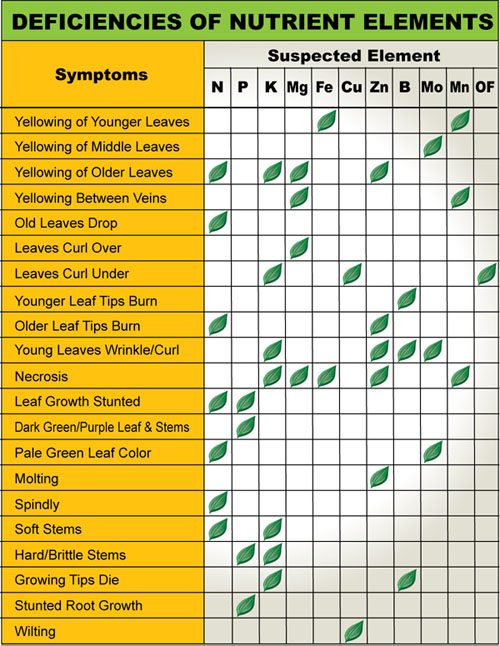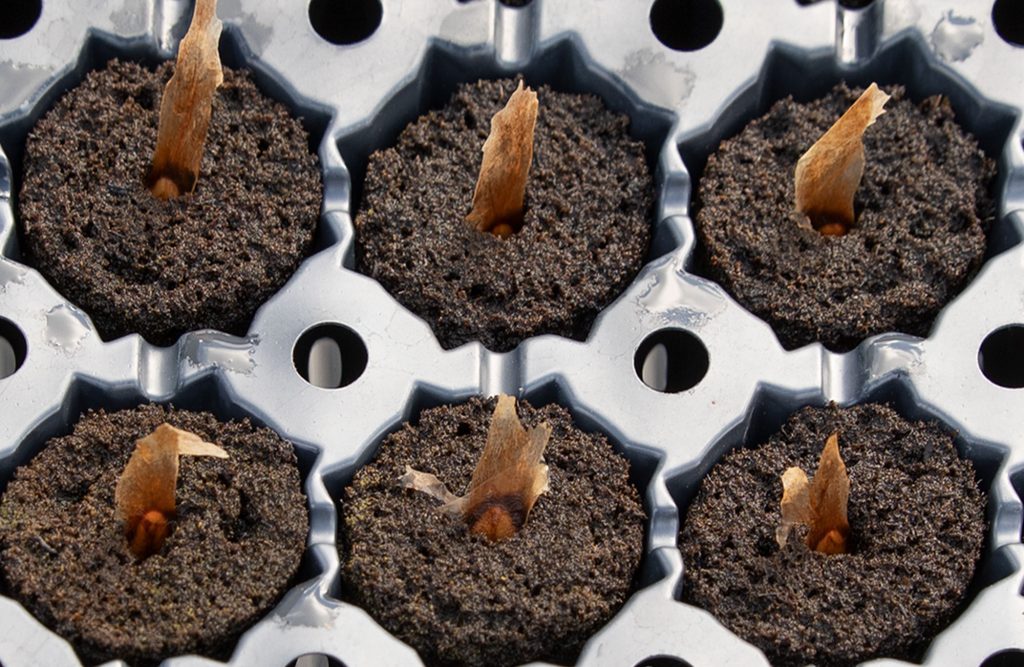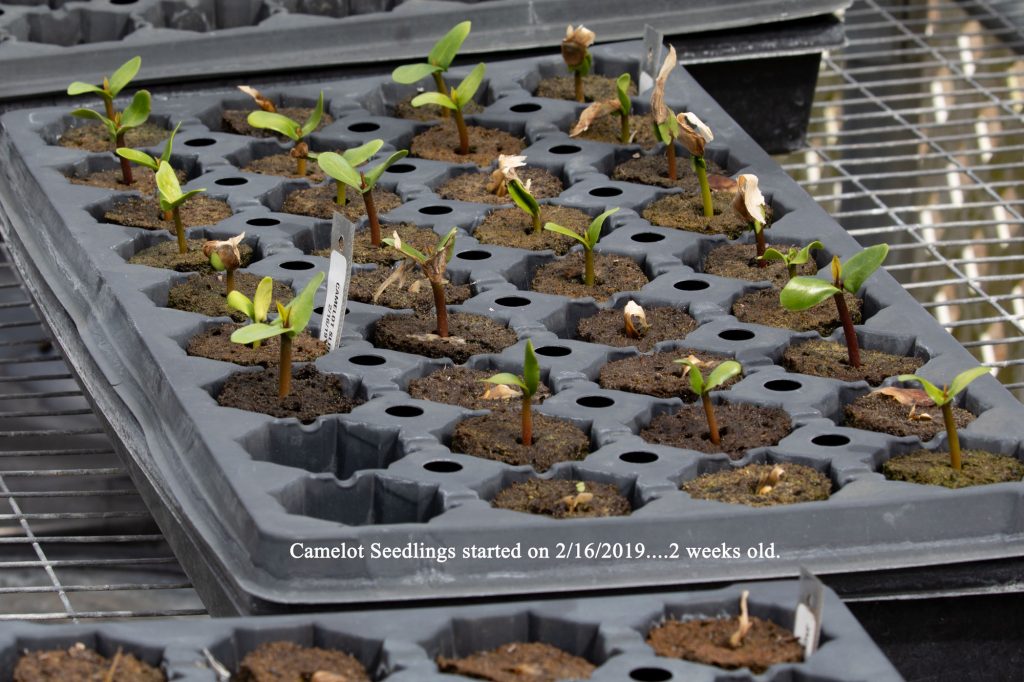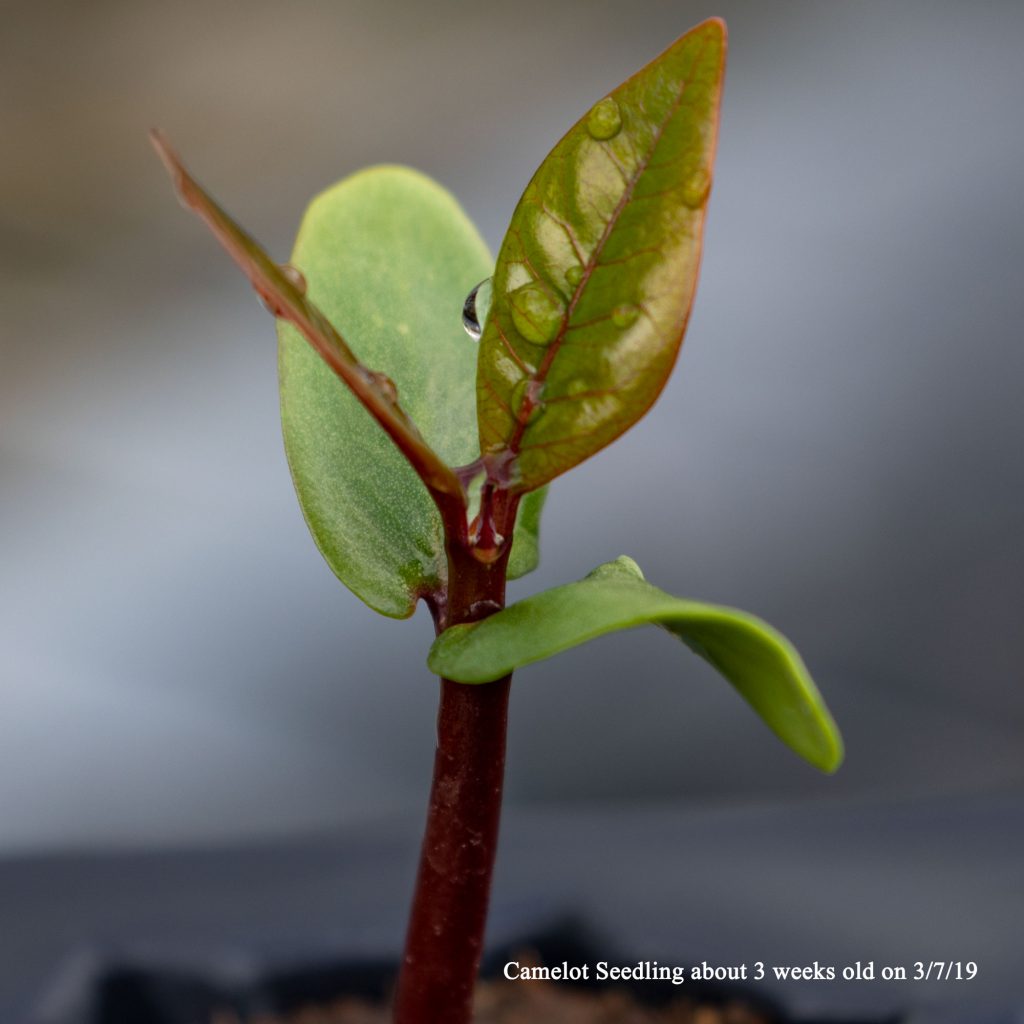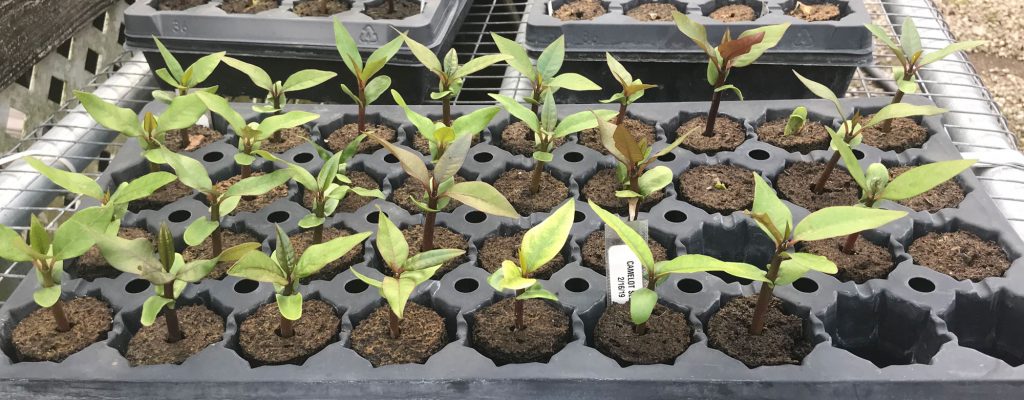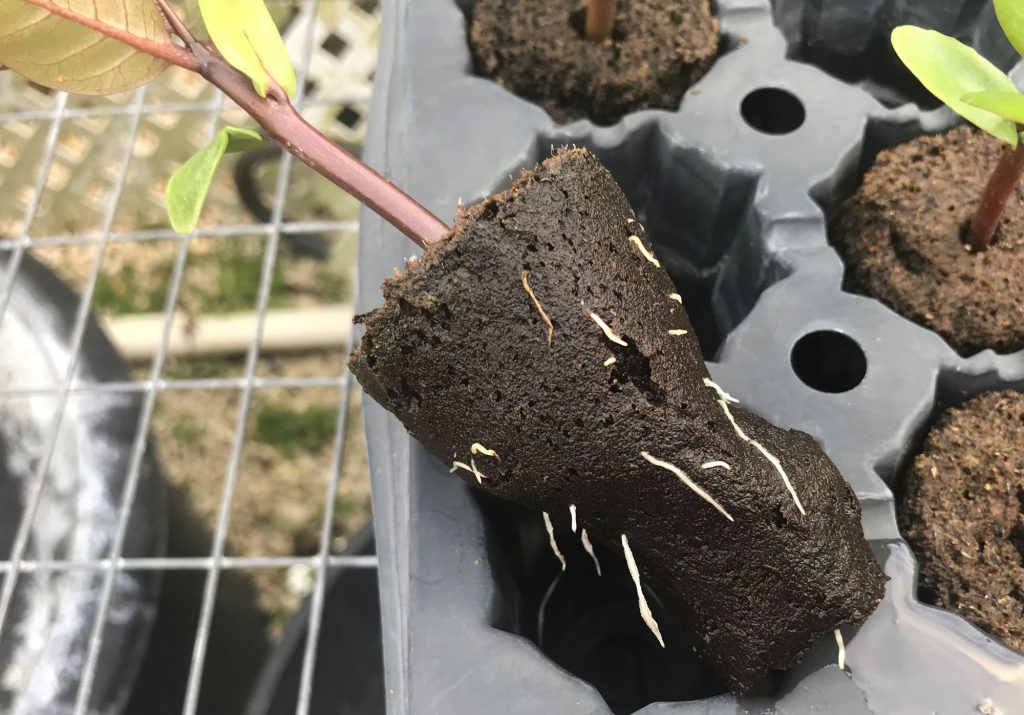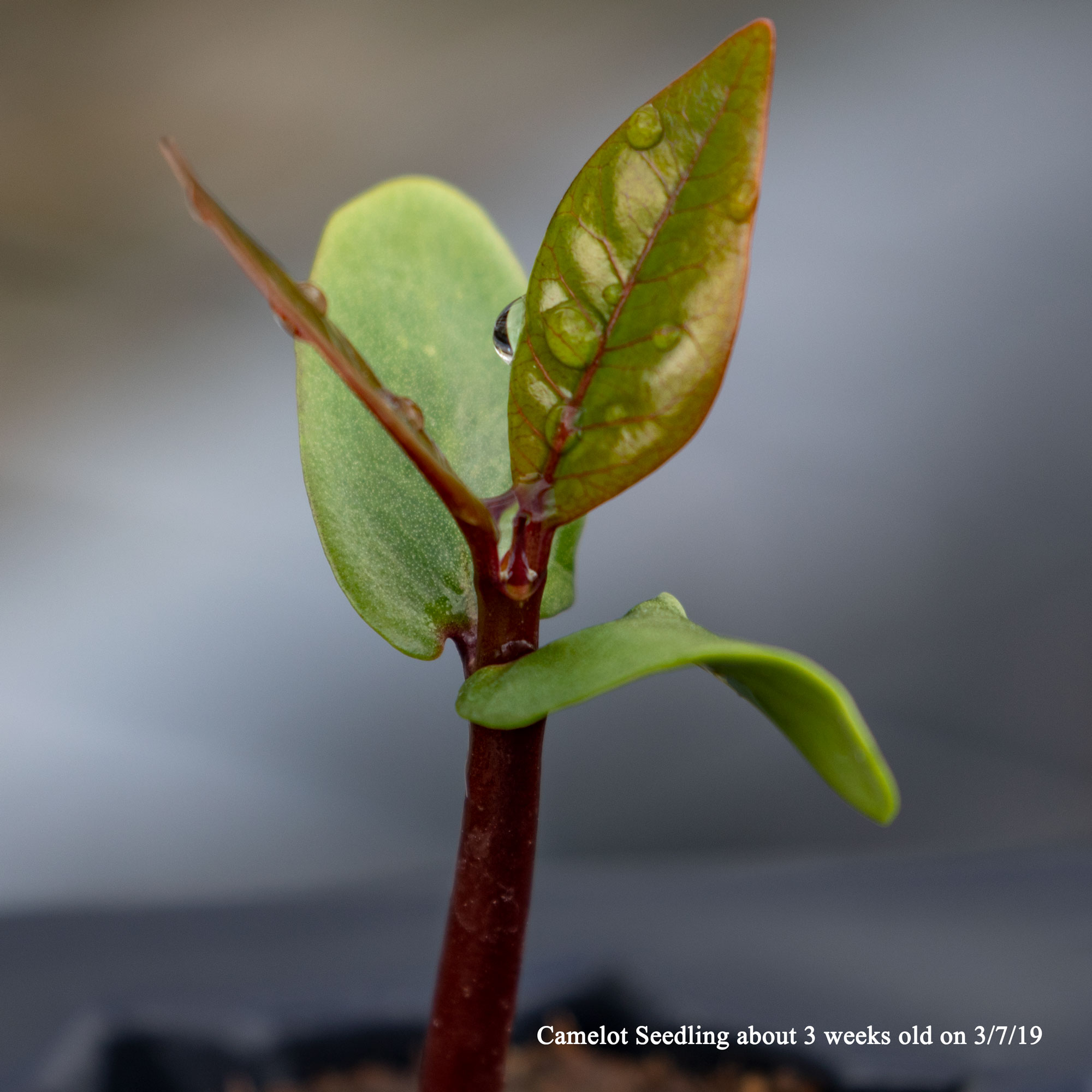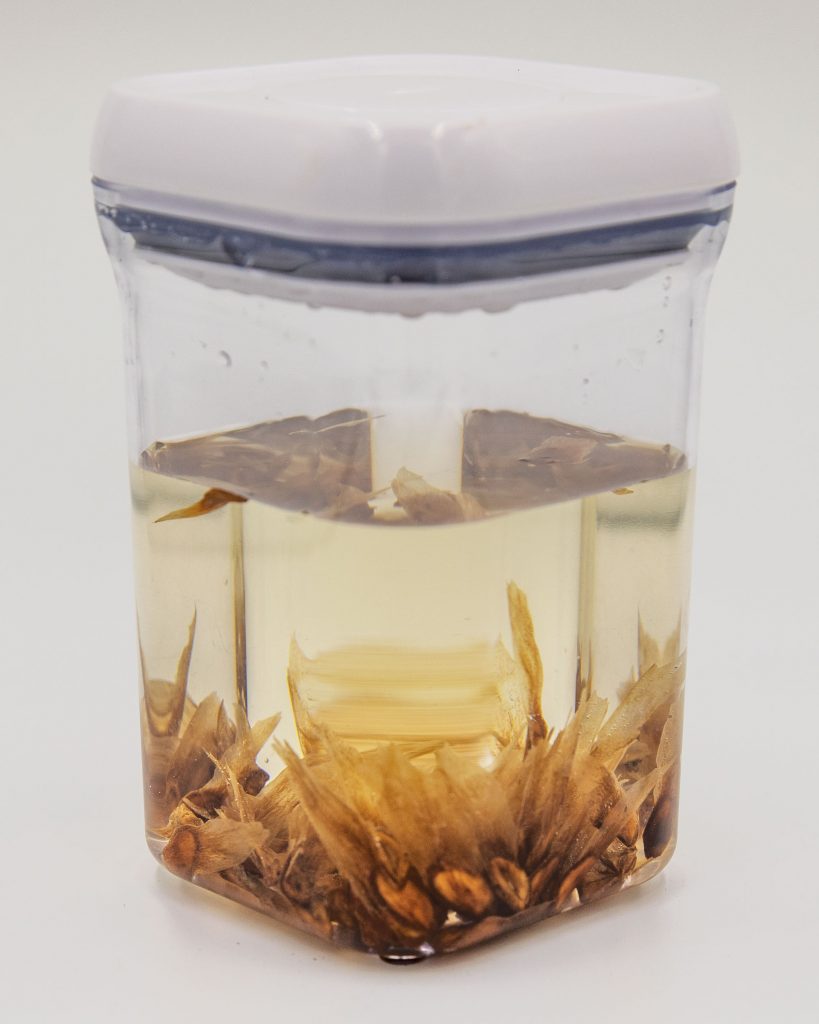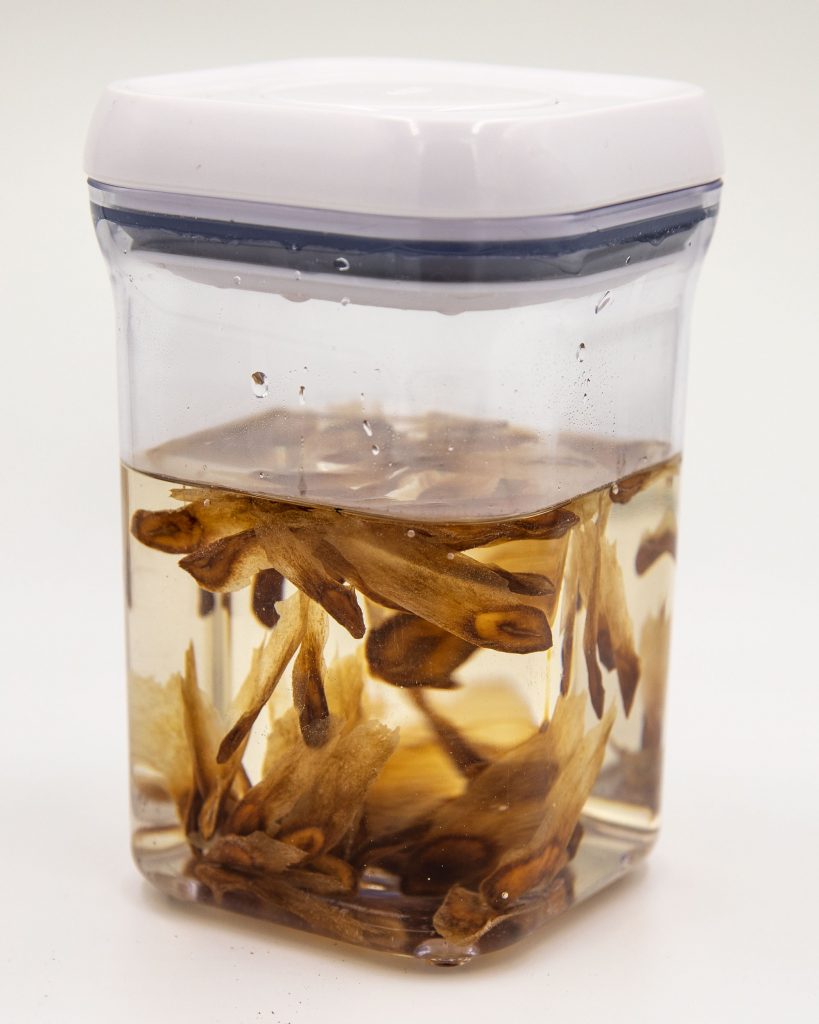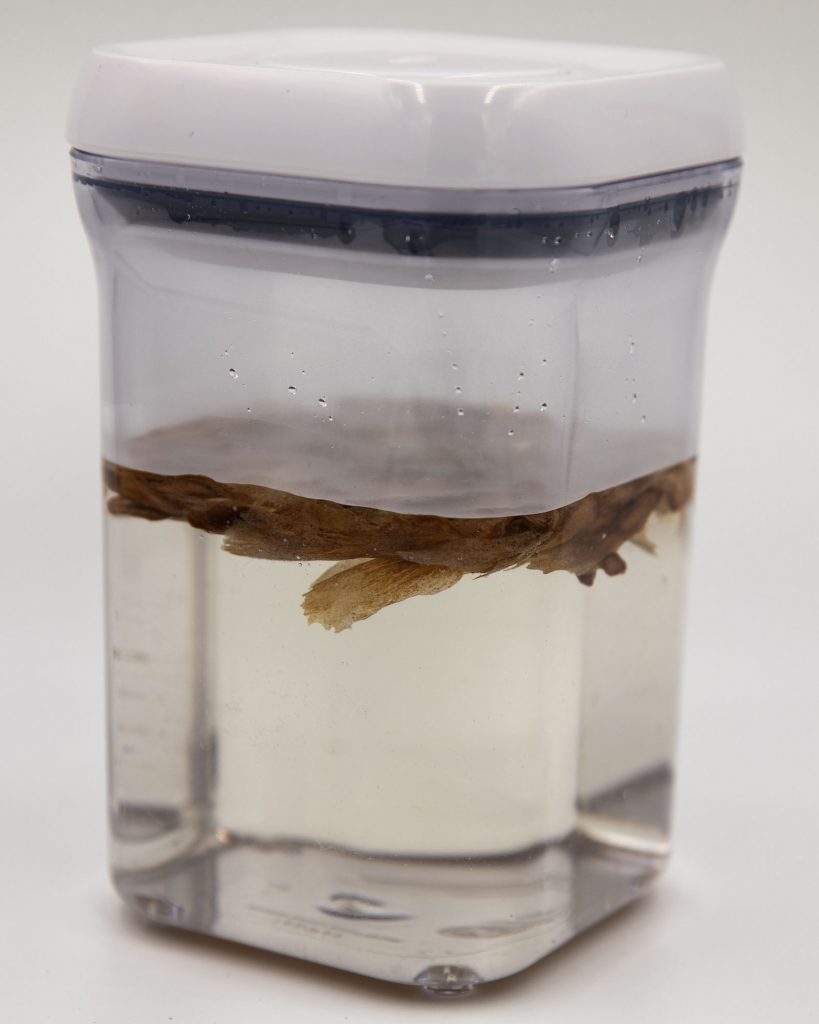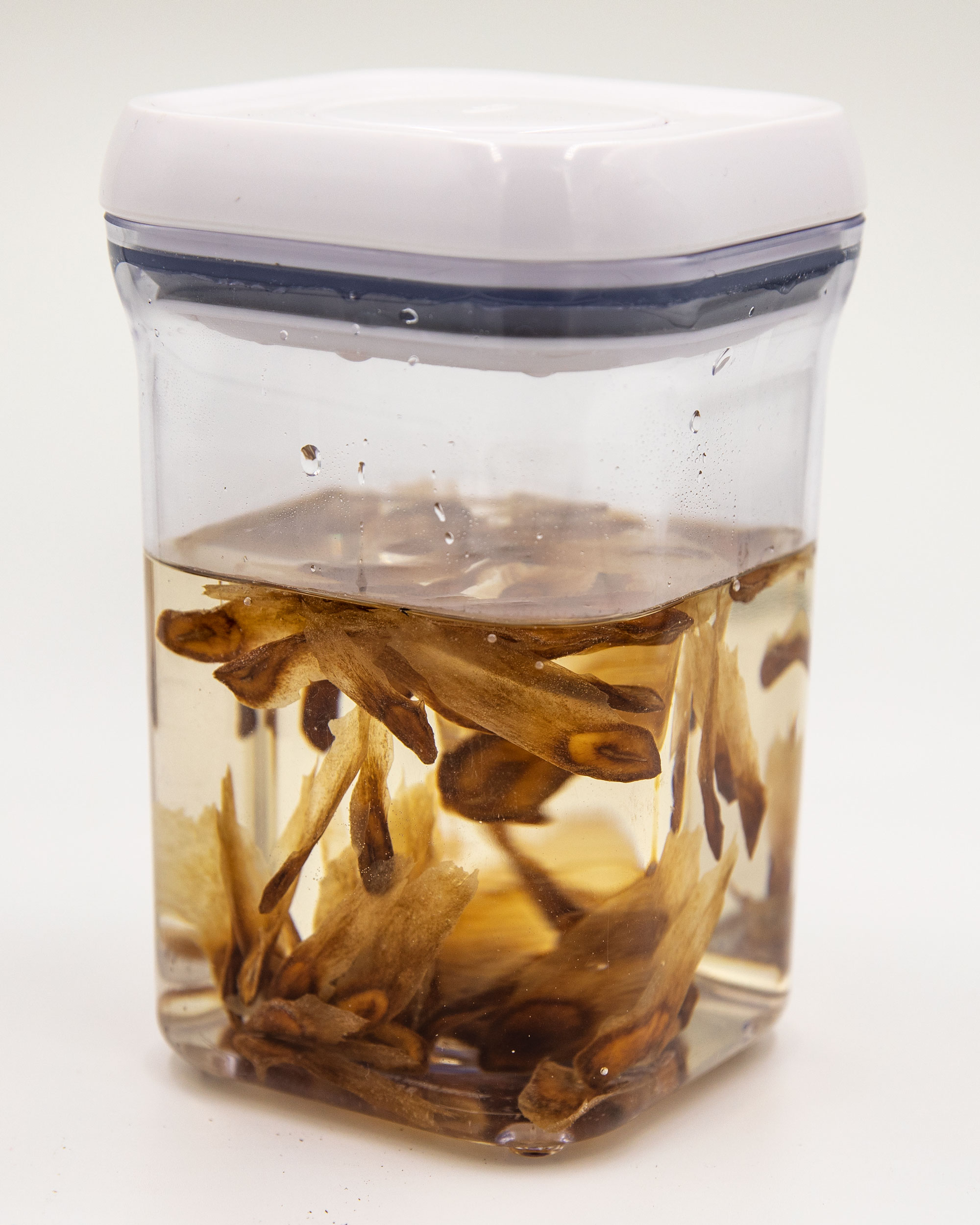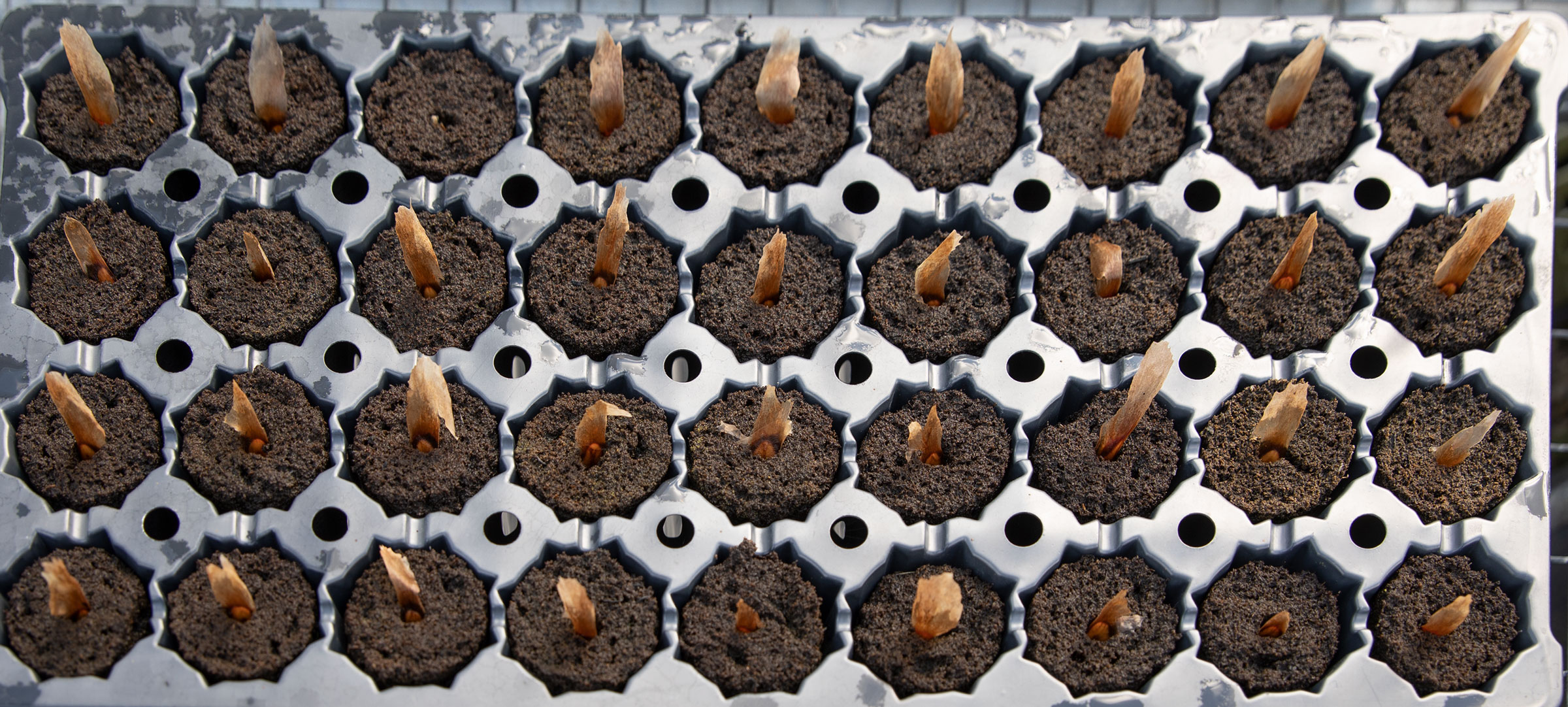Plumeria seedlings need nutrients as soon as possible to grow well, along with water and adequate sunlight.
When plumeria seedlings have roots they are looking for nutrients, when they have real leaves they are capable of processing nutrients into plant food via photosynthesis.
Fertilizers supplement essential nutrients in the soil needed by plumeria for healthy, vigorous growth. Contrary to popular belief, fertilizers are not plant food. Plants manufacture their own food from water and carbon dioxide through photosynthesis. Fertilizers provide the nutrients plants need to convert into plant food and grow.
To grow healthy crops full of nutrients, growers need to ensure they have healthy soil. Plants use up nutrients as they grow and without fertilizers, nature struggles to replenish the nutrients in the soil. The soil and water pH is also a major factor in a plant’s ability to convert nutrients into plant food.
A soil test is the only accurate and definitive way to determine how much of any substance is present in your soil. You can send samples to your local county extension or to a testing lab, or you can use a test kit purchased from a nursery or garden center. If the test shows a high concentration of Nitrogen, Phosphorus or Potassium, it could mean that the fertilizer you are using contains too much of it.
What is plumeria fertilizers?
Fertilizers are frequently referred to as plant food, which is really not correct. Actually, it is the carbon dioxide in the air and the water in the soil, which in the presence of sunlight are converted into sugars and carbohydrates by a process called ‘Photosynthesis’, that do the actual feeding of the plant. Fertilizer is much more analogous to vitamins. The Nitrogen, Phosphorus and Potassium and other trace elements contained in the fertilizers are necessary for cell division and enzyme processes that allow photosynthesis and growth to proceed. A fertilizer, often referred to as plant food, is a broad term for either a mixture of chemicals or naturally occurring matter that is used for enhancing the growth of plants.
How do fertilizers work?
Fertilizers work by providing essential nutrients needed to developing flowers, roots, branches, and vegetation. Many fertilizers also improve the way the soil works by helping it to retain water better and allowing air to flow freely, very good for roots.
The main ingredients in most popular fertilizers are N, P and K the basic elements required in plant growth, Nitrogen (N), Phosphorus (P) and Potassium (K).
The Nitrogen element works by increasing the plant’s capacity to produce new stems, flowers or fruit. It also increases the speed at which it will grow and improves the quality and appearance of the foliage.
Phosphorus helps the plumeria produce all of that nice organic stuff like oils and starch which is great for forming large, strong root systems. Phosphorus also helps the plant to develop Chlorophyll, which allows it to turn solar energy into chemical energy (photosynthesis). Combined with Potassium, Phosphorus helps produce healthy flowers and seeds.
Lastly, Potassium helps to build protein, fight off diseases and, just like Phosphorus, is essential in the process of photosynthesis.
All of the above are required to work together to produce a good healthy plumeria if just one of these valuable nutrients are missing or lacking your plant will struggle to produce fruits or flowers of the highest quality.
What else do plumeria love about fertilizers?
Nutrients normally occur naturally in well-maintained soils but if there’s a drainage issue or other problem, nutrients can soon disappear. Plumeria loves water but does not like to stand in water. The best soil for plumeria is soil mix that drains well and may require more watering than other soils and also causes the nutrients to wash out sooner. Adding fertilizer is a way of giving nature a helping hand.
Natural and man-made fertilizers can contain a variety of ingredients, but here are a few of the most important ones for plumeria in addition to the standard Nitrogen, Phosphorus and Potassium as described above.
- Zinc
- Magnesium
- Copper
- Calcium
- Sulfur
- Manganese
- Molybdenum
- Iron
- Boron
You can also get fertilizers that are fit for the purpose of a specific plant or species. These are important as different plants, Plumeria, requires a careful balance of certain nutrients. If a general purpose fertilizer is used it may not provide all the nutrients plumeria require.
Too Much Nitrogen
- Excess Foliage Growth – One of the main actions of nitrogen is increasing chlorophyll production; this process is done by creating bigger leaf structures with larger surface areas for the photosynthesizing pigment. Excess nitrogen fuels fast foliage growth so that your garden has an appearance of a jungle gone wild, but another plant growth suffers as a consequence. Energy for flower growth is redirected to foliage proliferation, so plants may not even produce their necessary reproductive organs during the growing season.
- Burning and Salt Concentration – If you use a high-nitrogen fertilizer mixture, you also increase the soil’s mineral salts; excessive elemental nitrogen takes water away from the plant while leaving the salts behind. As a result, the leaves take on a burnt look from dehydration. Leaf edges become yellow or brown and wilt. Flushing the area with water to remove the excess nitrogen is the best course of action to revive the plant. Although the nitrogen produces desired large foliage, you may find that the rapid growth becomes decimated with leaf burn if nitrogen stays at high levels.
- Root Growth Stunting – Energy used for large leaf growth stifles the root system below with high nitrogen soil levels. Roots slow their naturally spreading habit since they do not have the necessary nutrients to use as energy as the elements are redirected upward. As a result, the plant may be destabilized in its soil position; if it is tall enough, it may blow over in heavy winds. Additionally, stressed roots invite disease through soil pathogens as well. In the end, both leaves and roots succumb to nitrogen-induced stresses that damage the plant throughout its length.
- Groundwater Pollution – Plants cannot absorb all the excess nitrogen in the soil. Those extra nitrogen levels slowly leach out of the soil through water runoff; the nitrogen is effectively in the form of nitrates due to microbial conversion when it leaches from the soil. As a result, groundwater and drinking water becomes contaminated from the nitrate levels. Between harming the plants and the surrounding water supplies, high nitrogen levels around plants need to be closely monitored and amended for natural harmony.
Too Much Phosphorus!
- Iron Deficiencies in Plants – When there is too much phosphorus in the soil, the plant’s ability to take up necessary amounts of iron is compromised. Even where soil levels are tested and show appreciable amounts of iron, plants may have trouble utilizing it because the phosphorus disrupts their natural processes. Usually, the symptoms are most evident in young plant tissues and can be confused with the symptoms of zinc deficiency, making it hard to correct the problem.
- Zinc Deficiencies in Plants – Exactly as in the case of iron deficiencies, an overabundance of phosphorus in the soil means it is hard for plants to get necessary levels of zinc from their growing medium, even when the zinc is there for the taking. A zinc deficiency manifests in a bleaching effect of the plant tissues, in rosetted terminal leaves and in yellowing of the leaves in between the veins. Because the symptoms are often the same as iron deficiency, the best way to correct the problem is to perform soil tests to figure out how much phosphorus already exists and to add only enough to keep plants healthy.
- Phosphorus Buildup From Application of Nitrogen – Many gardeners and crop growers use animal manure to supply the soil with nitrogen, a necessary nutrient for plant growth. Most manures contain around the same amount of nitrogen and phosphorus, but plants use 2.4 to 4.5 times as much nitrogen as phosphorus, leaving much of the phosphorus untouched in the soil. This can also happen in the application of biosolids or commercial fertilizers. In the case of commercial fertilizers, however, you can buy a mix balanced fertilizer to meet your needs, which often means that the amounts of phosphorus are lower (for instance, 20-10-10, which is 20 parts nitrogen to 10 parts each phosphorus and potassium).
- Water Pollution – Because phosphorus is water-soluble, it easily becomes waterborne. Whenever a buildup of the nutrient in the soil cannot be utilized by plants, it is free to run off during rains into the streams, rivers, and waterways in the surrounding areas as well as leach into the water table through the soil. This increases the fertility of watery areas, called eutrophication, causing algae blooms and the explosion of quickly growing fish populations at the expense of beneficial organisms. It also makes purifying water more difficult and can result in insect increases that feed on the algae.
Too Much Phosphate
- Preventive Measures – Establishing the right balance between potassium and other soil components is more about controlling how much goes into the soil than trying to reduce it once it’s there. If a soil test indicates a high level of potassium, literally start from the ground up by not adding more to it in the form of a multipurpose fertilizer. Typical fertilizer blends are generally composed of the three most important substances — nitrogen, phosphorus, and potassium — which are indicated on the packaging by the letters N, P, and K. Selecting a blend that is low in potassium, or K, or contains none at all, is a first step in assuring that it doesn’t build up to unsuitable levels in the soil.
- Plant Distress Signals – Too much potassium disrupts the uptake of other important nutrients, such as calcium, nitrogen, and magnesium, creating deficiencies that usually produce visible effects. A calcium deficiency produces irregularly shaped new leaves and blossom end rot on plants, such as tomatoes (Lycopersicon esculentum ), that produce fruit. As frost-tender plants, tomatoes can be grown in U.S. Department of Agriculture plant hardiness zones 2 to 10 if set out into the garden once the soil has warmed to at least 60 degrees Fahrenheit. A nitrogen deficiency is suspected when older lower leaves on plants turn yellow while the rest remains a light green. Plants lacking magnesium will exhibit yellowing of the edges of older leaves that may also develop an arrowhead shape in their centers. While adding more of these substances to correct the imbalance may help, the excess potassium will most likely impact their long-term effectiveness.
- A Healthy Balance – When present in the soil in proper amounts, potassium helps with photosynthesis, the process by which plants manufacture their own food using the sun’s energy; helps plants absorb other nutrients more efficiently; creates a favorable environment for micro bacterial action; and provides turgor, or the ability of plants to stay upright. Distribute excess potassium more evenly by thoroughly working dense soil until it is loose and friable. Dilute and flush out large amounts of potassium by watering the soil any time it appears dry to a depth of one inch. Schedule any fertilizing within several weeks before planting, so that the potassium doesn’t have time to accumulate during the off-season. To minimize long-term potassium buildup, consider using aged or composted animal manure as a substitute for commercial fertilizers, as its components break down more slowly to keep up with plant demand. If using manure, apply it at a rate of 40 pounds for every 100 feet, and work it into the soil to a depth of 6 to 9 inches.
